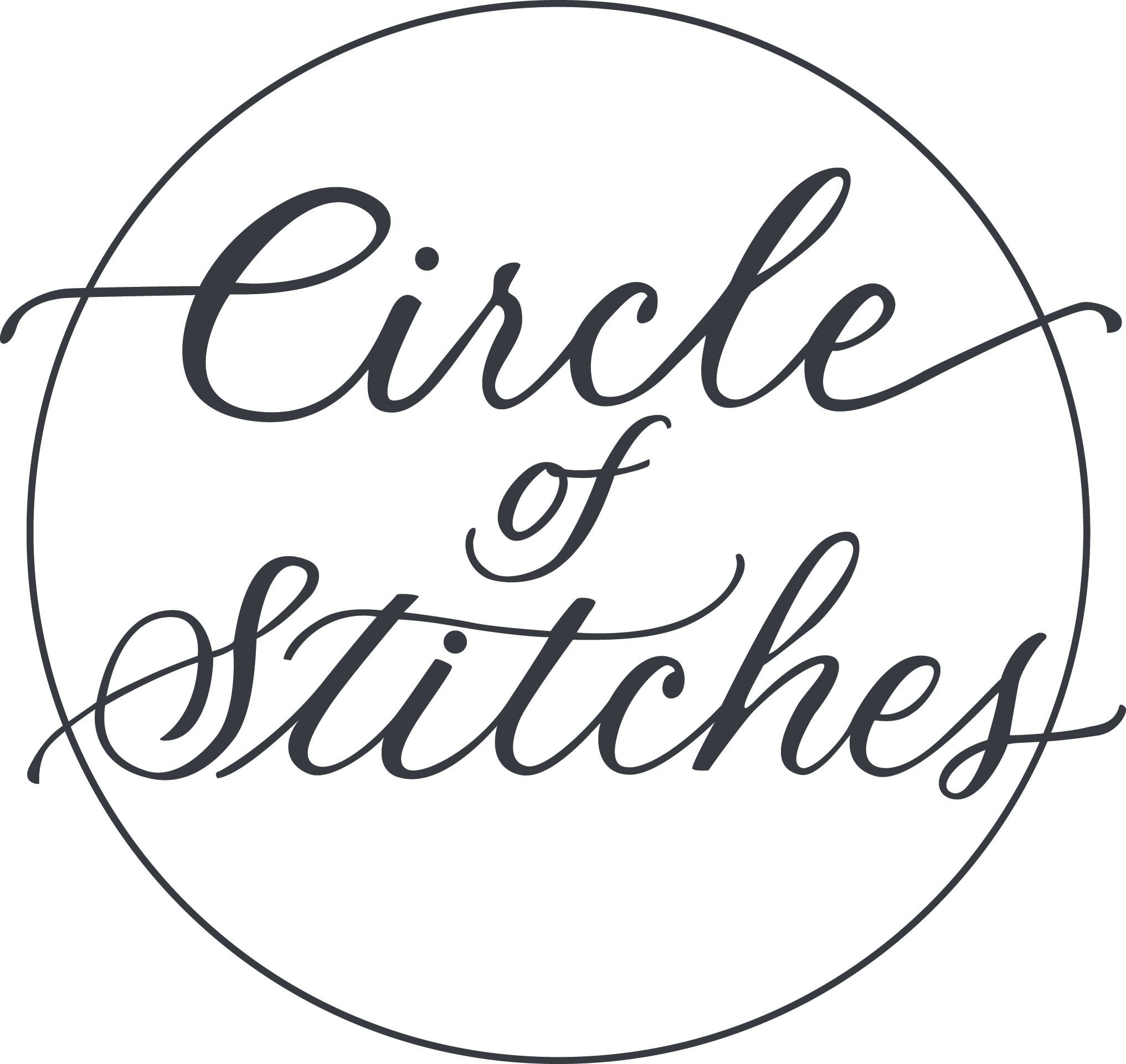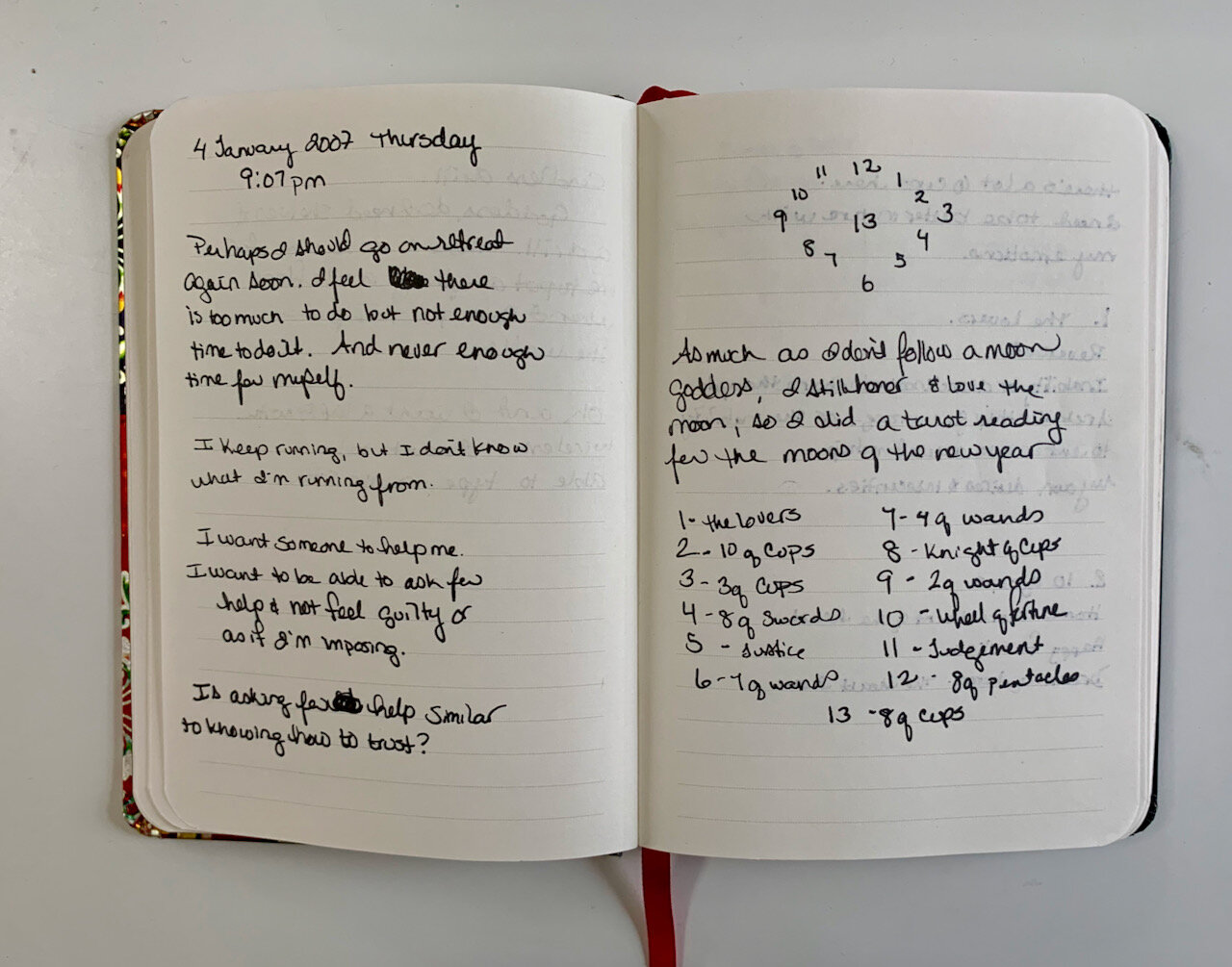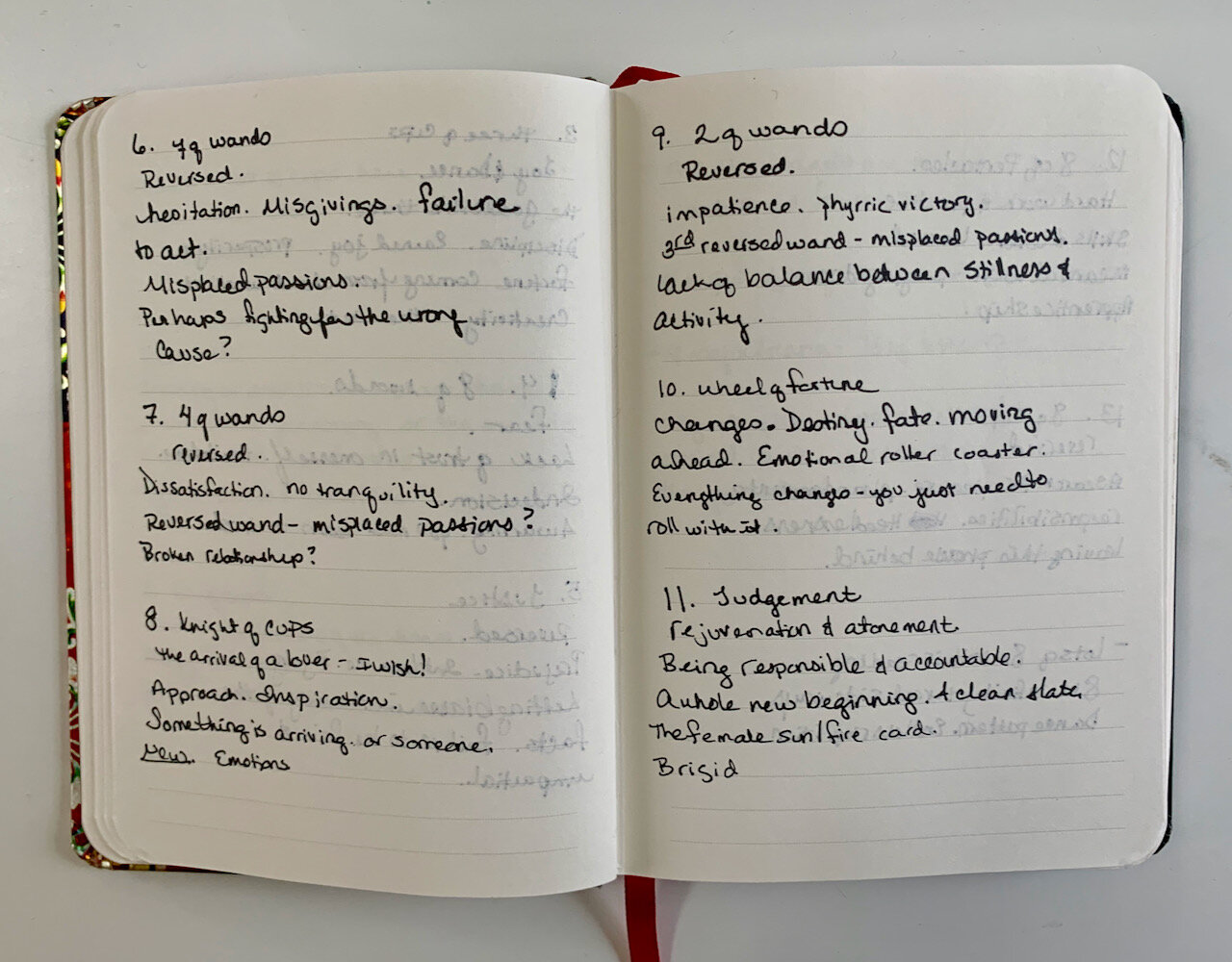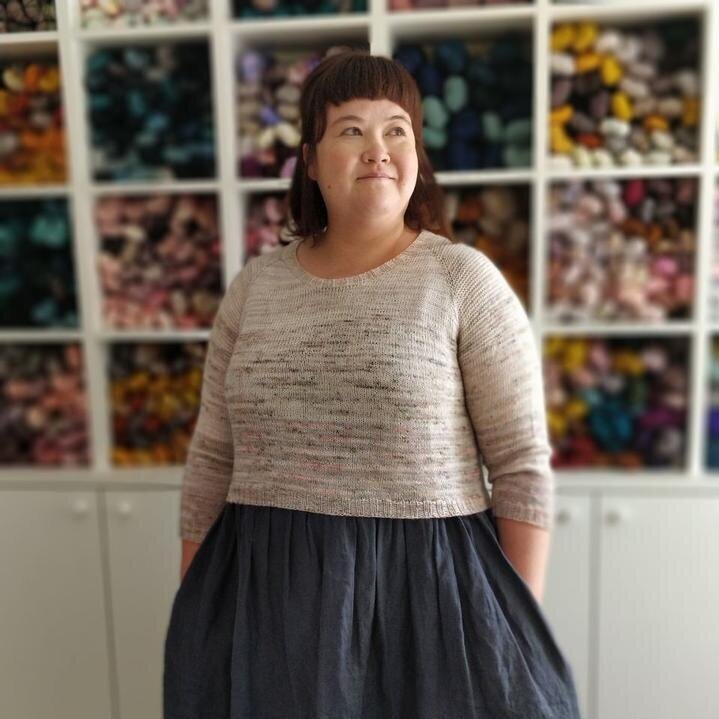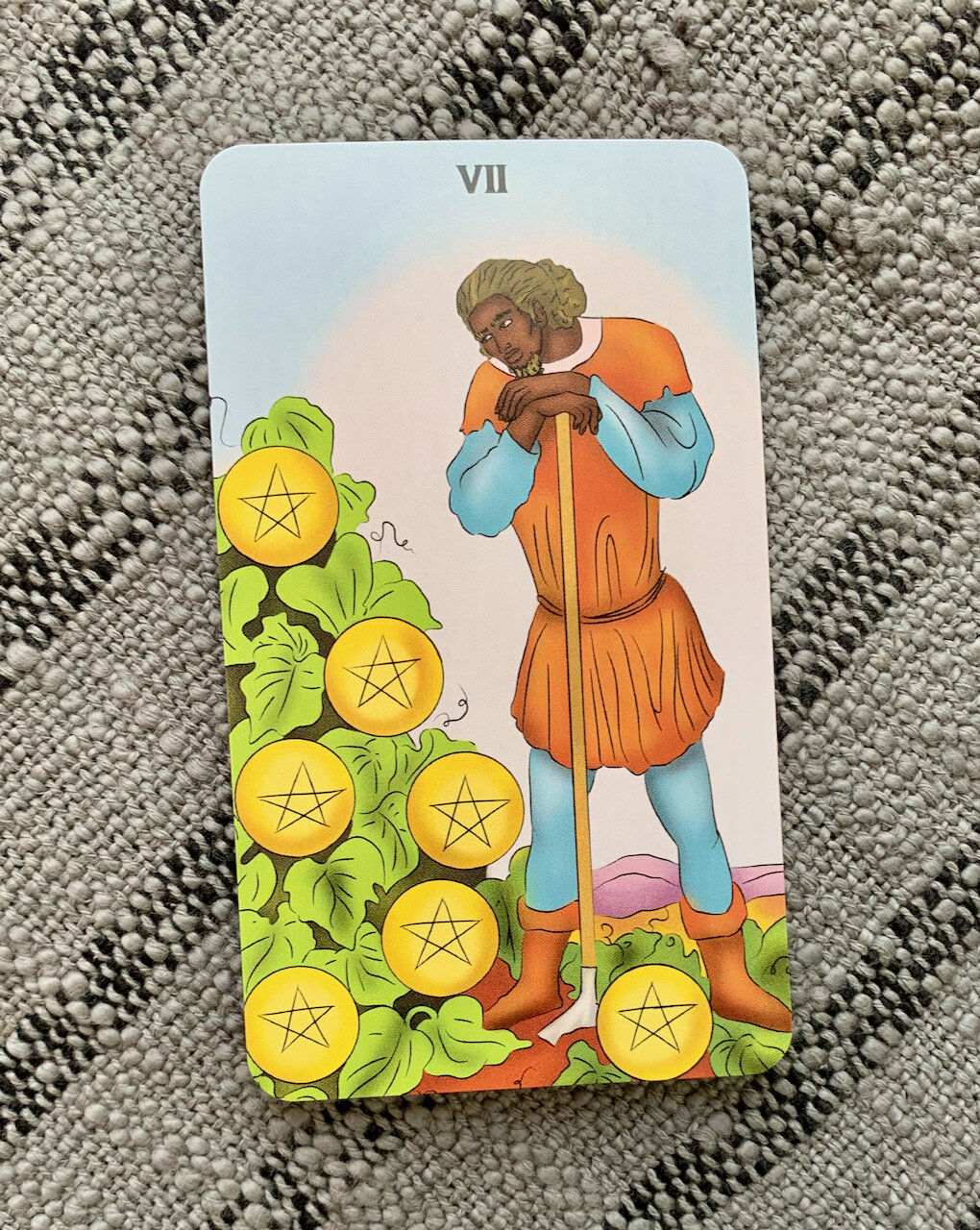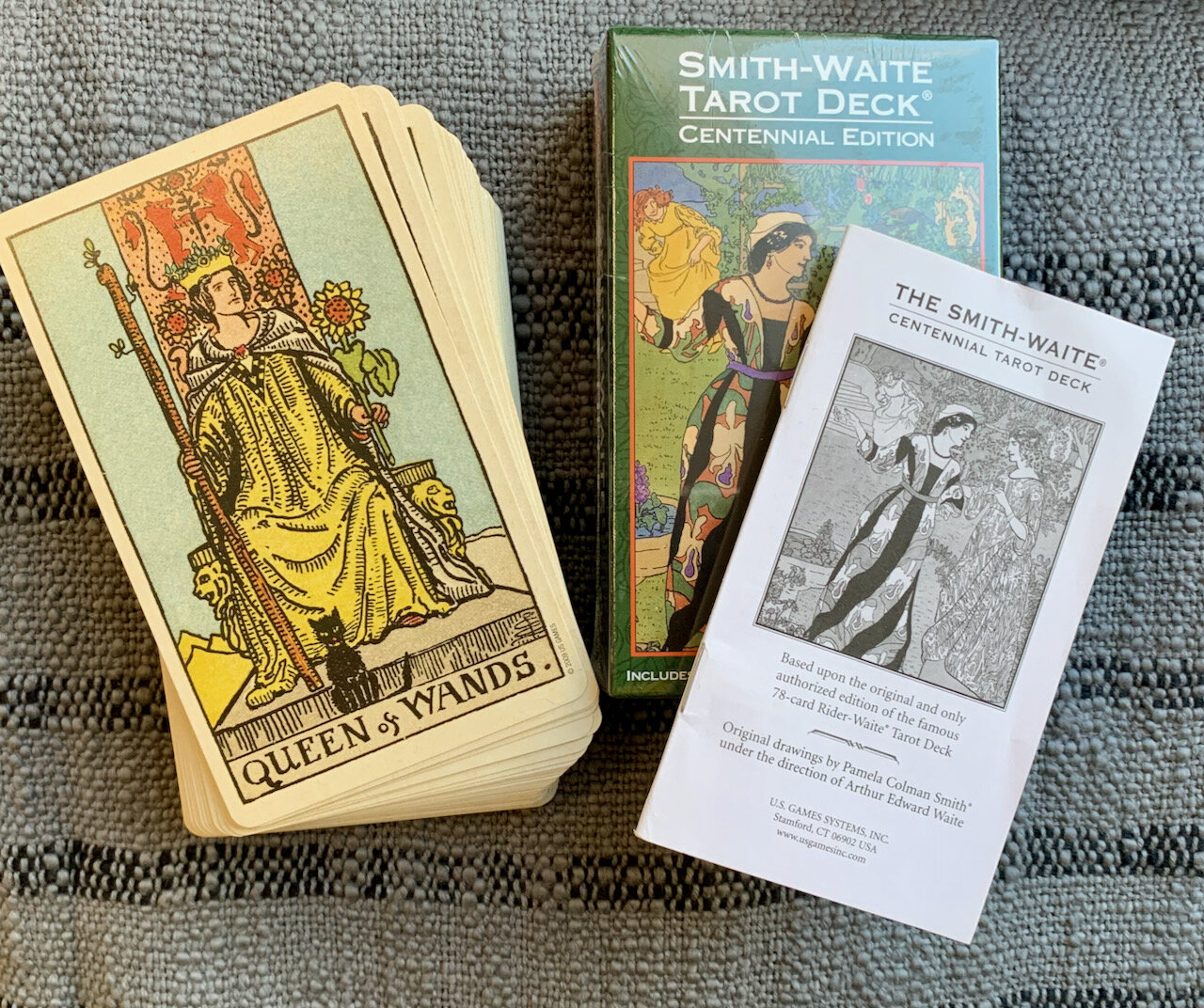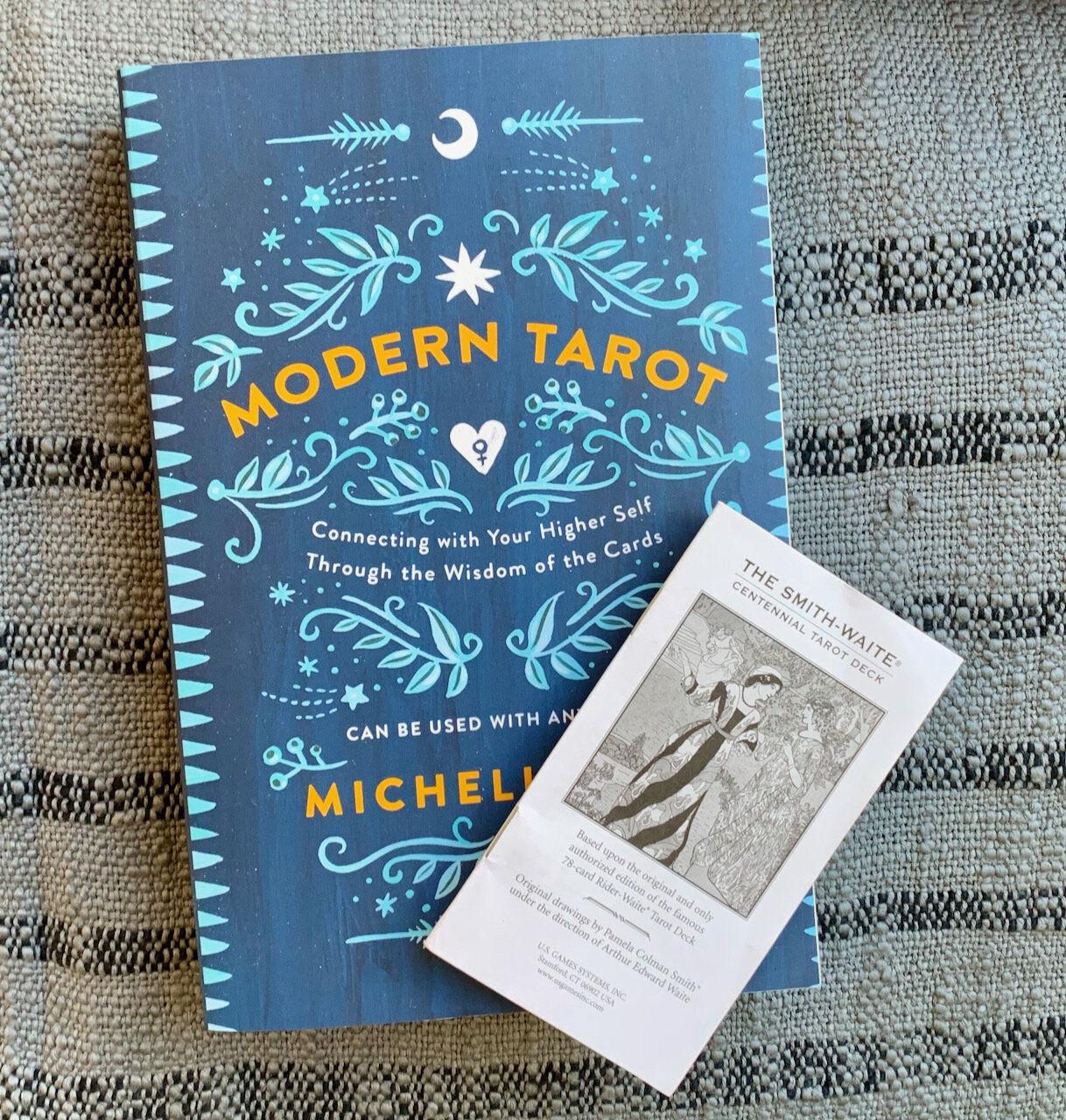I’ve been journaling since I was 12 years old, and my 7th grade English teacher Mrs B got me into the habit. She started every class with 10 minutes of writing. Sometimes there was a prompt, sometimes it was free writing. We were expected to write, and every few weeks she’d check our journals for quantity, not for content. That wiring practice has served me well throughout my education and professional life.
Some years I’ve kept diaries, some years I’ve tried Bullet Journaling or other productivity methods. I’ve tried to keep different notebooks for different things: one for work, one for creative writing, one for tarot, one for dreams. But the pandemic has shown me that I work best when I have one notebook going at a time, and I use it for everything. I’ve been journaling for 30 years, and I have 51 notebooks filled.
Along the way of learning to be the best journaler I could be, I tried a lot of different ways to keep track of tarot cards and spreads.
I’m not an artist- I can’t draw. I’m a writer. So my journaling reflects that. But I needed to find a way to record spreads. For a while, I used the Day One app to keep track of spreads, where I found the spread, and the reading I did. I liked this, for the visuals and the ability to tag entries, and to get “on this day” style reminders. But I’m not as prolific a writer on my phone, and they went from a pay once to a monthly subscription model, so I’m not using that any more.
I map out the spread with numbers to show the shape of the spread, and then I list the cards. Then I go through and write down the individual meanings and impressions and finally I synthesize the meaning. This has been consistent practice for me over the years. Here’s a reading from January 2008 showing this technique.
Over the years I’ve also tried to maintain a daily draw practice. I also had an Instagram account where I posted my card of the day. Every morning I’d pull a card and take a photo, and then write a few words while waiting for my coffee to brew. But I got too caught up in chasing likes, and it felt too performative. So I deleted that account.
For a while I had dreams of data analysis so I kept a spreadsheet of my daily cards. That became a chore. And I never got enough data to do any cool graphs.
Eventually I realized that I love analog journaling. I prefer the feel of pen on paper (especially if I’m using one of my fancy fountain pens). So late 2020 I ordered the Many Moons 2021 Lunar Planner. There’s just room for only a few lines, so the planner doesn’t generate pressure or performance expectations.
I keep this planner, pen and the deck I’m using that month on my night stand. Every night before bed, I draw a card and write a few sentences about what happened that day. The small daily space doesn’t give me the fear of a blank page, and I don’t feel the need to go on and on to fill up space. I just clear my mind, shuffle and draw a card, and then write it down, along with a few words about the day. It’s a small ritual of putting the day behind me so I can go to bed. This is working better for me than any other daily tarot practice.
Do you keep a tarot journal? How do you keep track of readings or daily practice?
